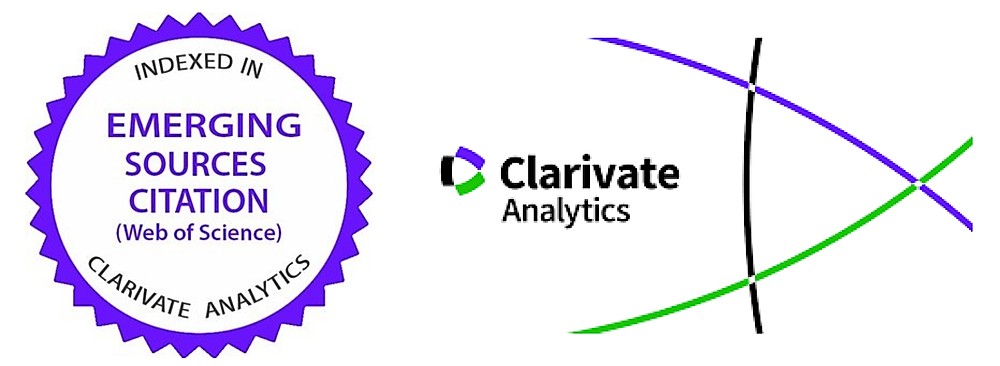Economic Evolutions During the Cold War – Romania in the Comecon (1949-1965)
Abstract
The purpose of this work is to present objectively and documented the evolution of Romania within the Council of Mutual Economic Aid (C.M.E.A. or C.O.M.E.C.O.N.) during 1949-1965. Choosing this period of time is not random: in 1949 COMECON was established at the initiative of Moscow, and the year 1965 represented the peak of the ―dissidence‖ politics of Romania within the Council. The Romanian economy after the Second World War followed largely the same path as the other economies in Eastern Europe that entered the sphere of influence of the Soviet Union. The war and the new international situation in which Romania found itself at its end determined a dramatic rupture with the economic model followed in the interwar period. In the run-up to the end of the world conflict, the main interest of the hegemonic power in Eastern Europe, the Soviet Union, was to benefit from the resources of the countries in the area to compensate for the immense damage caused by the war. The exploitation of Eastern European economies intensified after Moscow became aware of the impossibility of obtaining substantial war reparations from Germany.



























